8-minute read
keywords: climate change, environmental history
After writing two history bestsellers, The Silk Roads in 2015 and The New Silk Roads in 2018, professor of global history Peter Frankopan now turns his attention to environmental history. Bloomsbury is gunning for another bestseller and has thrown the full weight of its marketing machine behind it; you will have been hard-pressed to miss The Earth Transformed if you have visited a UK bookshop recently. Amidst all this, it is easy to overlook that another voluminous environmental history title was released almost simultaneously by the University of Pittsburgh Press: Frank Uekötter’s The Vortex. This, then, is the first of a two-part review of two brand-new behemoths that discuss the impact that humans and the environment have had on each other.
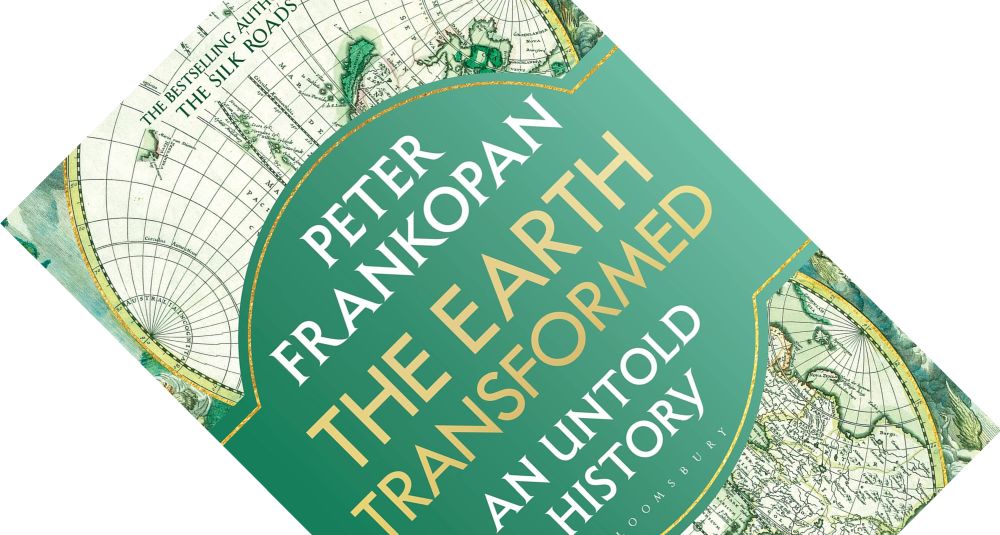
The Earth Transformed: An Untold History, written by Peter Frankopan, published in Europe by Bloomsbury Publishing in March 2023 (hardback, 724 pages)
The first thing you will notice, after that beautiful green cover, is the size of this book; at 724 pages Frankopan’s biggest yet. Especially if you consider that he put the footnotes in a separate 212-page PDF that can be downloaded from the Bloomsbury website. The Earth Transformed is similarly expansive in scope, nominally taking you from the dawn of time to today. I say “nominally” as the first two chapters cover 4.5 billion years up to the start of agriculture, so can do no more than give a nod to deep time and human evolution. They are well-executed nods, though, pointing out how past geological events have clustered important natural resources in certain places, underlying many of today’s geopolitical power games, and acknowledging the complexities of human evolution. The emergence of the genus Homo was “neither sudden nor profound” (p. 42), with long stretches of time where it was hard to tell us apart from related hominins and interbreeding was possible and happening.
But to get to the point: the meat of the book is the remaining 22 chapters that take you through a very detailed chronological environmental history of the last 14,000 years. The first half mostly discusses the impact of the environment on human history. Examples include the haphazard and drawn-out rise of agriculture and cities, the collapse of empires under the strain of resource exhaustion and natural disasters, the Roman Climate Optimum, the Little Ice Age, the Black Death and its long shadow, and sundry natural disasters, including one exceptional flood in Northern China in the year 1048. But environmental history also works the other way, and there is a noticeable shift as the book progresses towards discussing the increasing impact of human history on the environment. This included many historical episodes I was less familiar with, such as the environmental consequences of colonialism and the plantation economy that was fueled by the slave trade, the megalomaniacal and environmentally destructive transformation of the economies of Russia and China by communist leaders, or the bizarre chapter of early experiments in weather control during the Cold War. Once the narrative reaches our current times of rapid globalisation, consumerism, and population growth, Frankopan gives Wallace-Well’s book The Uninhabitable Earth a run for its money. He relates many shocking facts and forecasts regarding our environmental footprint and the likely impacts of climate change. With the full weight of his environmental history behind him at this point, Frankopan convinces me that terms such as the Anthropocene and The Great Acceleration are appropriate descriptors for the last 70-odd years, even if some naysayers consider them anthropocentric.
“This idea, that environmental factors were frequently the final nudge tipping an already-strained system over the edge, is reiterated throughout. If you take just one lesson away from this book, this is it.”
Fascinating as this all is (and it really is, I have only scratched the surface), what left an impression is what I consider to be the book’s core message. In many ways, The Earth Transformed reads like one giant cautionary tale. Much scholarship and popular writing turns environmental history into an either/or proposition. Environmental factors are either presented as the sole explanation for certain historical events or considered unimportant. Frankopan is far more nuanced: to say that climatic shift X or natural disaster Y caused event Z strikes him as a caricature of what environmental history is and should be. This is his call for the discipline to grow up. For example, a period of megadroughts around 2200 BC correlates with the collapse of several empires, but Frankopan cautions that “we should be looking at the wider question of why societies struggled, rather than being tempted by the convenience of a simple […] answer that starts and finishes with climate” (p. 112). Did volcanic eruptions around AD 530–540 lead to a transformation of the eastern Roman Empire and the rise of Islam? Think of them “rather as having aggravated existing problems, and exposed fractures that then produced radical change” (p. 217). And to say that climatic pressures made the collapse of the Maya civilisation unavoidable is an exaggeration as some polities flourished for another 800 years. There were already deep-rooted problems that “were affected and exacerbated rather than caused by shifting climatic conditions” (p. 251). This idea, that environmental factors were frequently the final nudge tipping an already-strained system over the edge, is reiterated throughout. If you take just one lesson away from this book, this is it. He is on point when observing that this has never been more true than today. We have created a fragile society in which “we are living at the edge of our means and indeed beyond them, reliant on everything to go right and with little margin of error for things to go wrong” (p. 656).
There are two other very interesting if perhaps lesser themes that stood out for me. Where civilizational collapse is concerned, there is the risk of “viewing the past through the prism of contemporary concerns” (p. 9). In other words, there is a tendency to search “for lessons from societies that were apparently ecologically or environmentally unsustainable and sowed the seeds of their own demise” (p. 283). This is not always warranted and risks misinterpreting past events guided by today’s fears. A second minor theme is the recurrent supremacist and racist views that justified the exploitation and subjugation of nature and other cultures in the name of “improvement”. For example, in the 1920s–1930s, Russians deforested vast areas of Ukraine in a misguided attempt to increase agricultural yields, while British colonisers deployed heavy ploughs in western Africa to replace traditional methods of agriculture. Both backfired spectacularly. Time and again, human attitudes have boiled down to different flavours of “nature needs to be tamed”. Europeans in particular have had a long history of brutal colonial exploitation, seeing the tropical world as fruit ripe for the picking. And, frankly, that attitude has never really gone away: “the lure of accessing the fruits of the earth proved impossible to resist” (p. 517). Old-school colonialism has been replaced by interference in the domestic affairs of independent states. I should add that Frankopan brings nuance to this damning picture by pointing out those European voices who spoke out against such injustices from the start.
“A second minor theme is the recurrent supremacist and racist views that justified the exploitation and subjugation of nature and other cultures in the name of “improvement”.”
Criticism? Yes, I have some. As can be expected with a global chronology, the writing occasionally falls prey to the “history is just one damn thing after another” problem and I feel Frankopan sometimes abruptly switches topics in later chapters (e.g. on p. 534 where he suddenly lurches from environmental attitudes in Nazi Germany to a 1940s famine in Bengal). Several early chapters read more like detours into “conventional” history to provide background information while some later chapters discussing the Cold War focus mostly on events in the US and USSR. Though none of the chapters are overtly long, they could have done with subheadings to divide it all up. Lastly, I was not too impressed with the seven included charts: the text barely references them and there are no captions to clarify the many details included. I consider all of these as relatively minor quibbles though.
Overall, The Earth Transformed is fascinating environmental history on a big canvas that is relevant and captivating, whether you are new to the topic, familiar with the genre, or a professional historian. I am particularly pleased that Bloomsbury is providing a platform to broadcast a message of academic caution and nuance to a very broad readership. Next, I will turn to Frank Uekötter’s The Vortex to see how it compares.
Disclosure: The publisher provided a review copy of this book. The opinion expressed here is my own, however.
Other recommended books mentioned in this review:
__________________________________________________________________
__________________________________________________________________
__________________________________________________________________
__________________________________________________________________
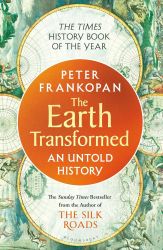
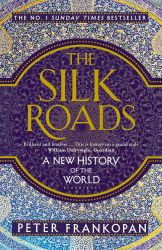
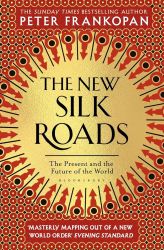
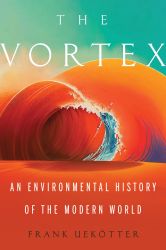

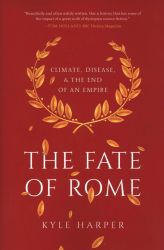
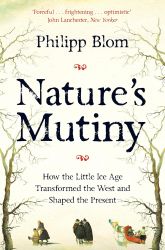

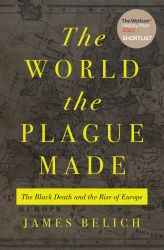
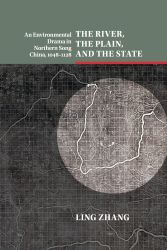
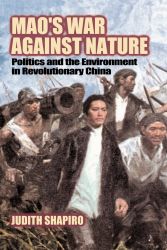
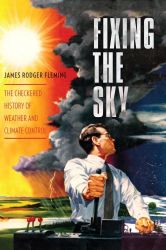
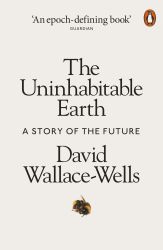
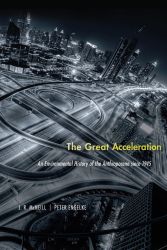
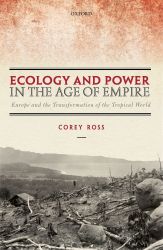
One comment